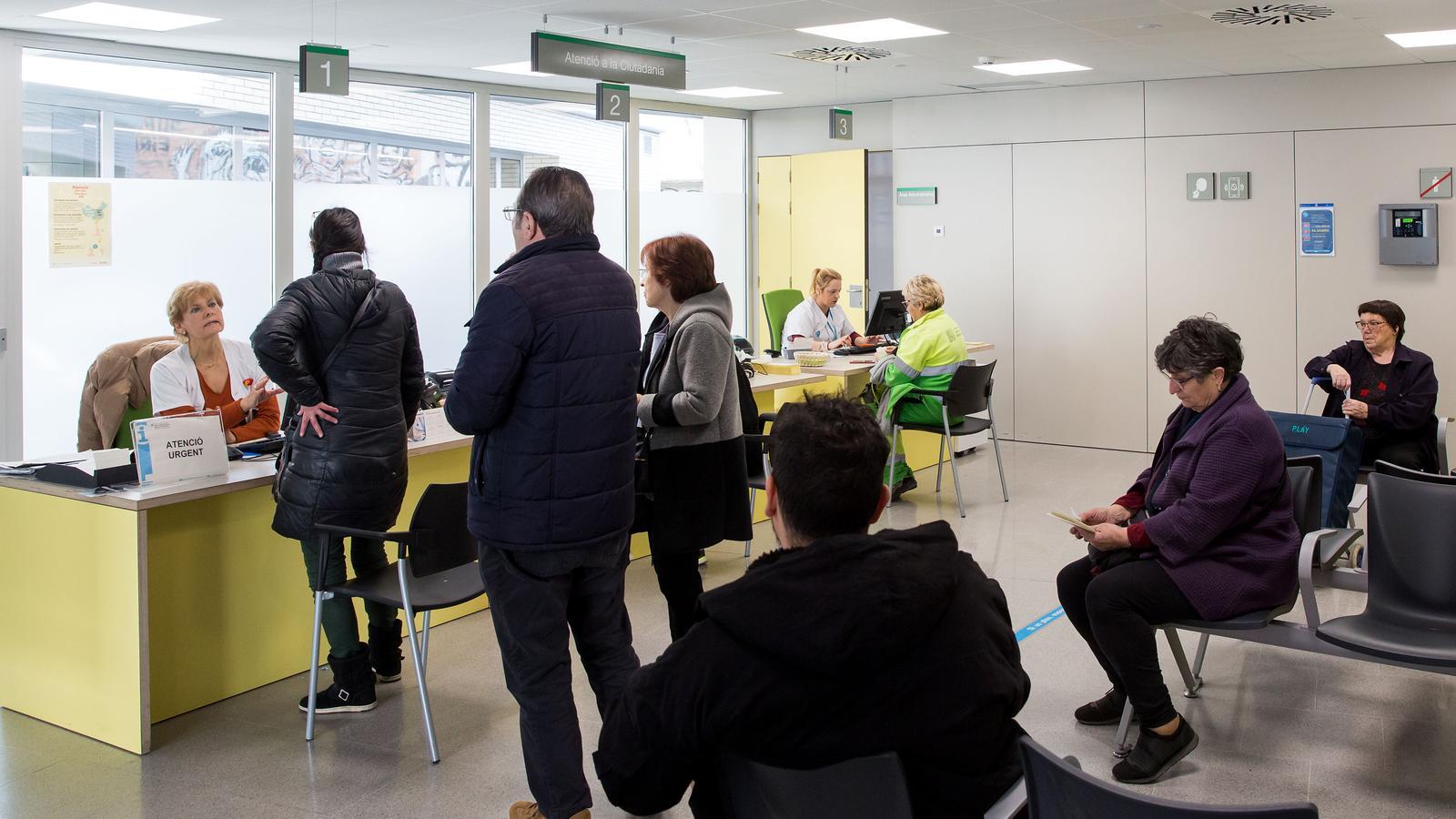Let AI diagnose you: the ChatGPT your doctor already uses
The tool will be tested this year to support healthcare professionals in decision-making.


Barcelona"I am AXIA, a personal agent for healthcare professionals. I provide diagnostic guidance according to medical protocols and clinical guidelines." This is how the new generative artificial intelligence (AI) that has been available to all primary care center (CAP) staff in Catalonia for two months is presented. It's a kind of ChatGPT developed by the Department of Health to assist healthcare professionals in decision-making: when a patient comes into the office, the doctor can discuss their case—without providing personal details—and the AI will propose diagnoses and treatments compatible with the described symptoms. According to the ARA (Argentine National Health Association), it will be on trial until the end of the year, and then a decision will be made on whether or not to continue it based on its reception.
"I have a 40-year-old man of Turkish origin who has migratory arthritis and canker sores," a primary care physician writes in the chatbot, which suggests several diagnoses, the first of which, according to the professional, is the correct one. Behçet's disease, suggests AXIA, who makes it clear that the person who must make a diagnosis and propose a treatment appropriate to the patient's needs is the doctor: "In case of conflict with my interpretation, your decision should always prevail," she indicates before answering the question she has been asked. Her promoters have trained her with the clinical guidelines and protocols of the Catalan health system and she makes proposals based on these contents, since she does not have access to the internet, a "key" element to avoid misinformation, explain sources from the department.
If AXIA is unable to find the information requested in the clinical guidelines and protocols with which she has been trained, she also has access to the contents of the Panamericana Medical Publishing House, which "validates and updates its documents in accordance with international evidence," explain the same sources. Since its launch, more than 2,700 primary care professionals have used it, of whom approximately 2,200 continue to consult it regularly. Therefore, Salut believes that "the level of adherence is very high" and expects more workers to join as the tool becomes more widely known. In fact, it asserts that week after week, they are breaking the record for unique users since they launched the chatbot. There are approximately 20,000 healthcare professionals working in primary care centers, so there is considerable room for improvement.
Save time for doctors
"This is an assistant, and as an assistant, it helps me, not replaces me," says a primary care physician who frequently uses AXIA. He believes this tool will save them time, as it allows them to resolve doubts and confirm a diagnosis or treatment quickly. This, in a context of limited staff in primary care and limited time to care for patients, will provide "very important added value" to professionals, he argues. According to Salut, doctors who have used it have positively evaluated 90% of the responses given by the chatbot. They also explain that they have created a specific section for pediatrics, as the guidelines and protocols are different when caring for children.
The department's professionals have developed this tool in collaboration with Amazon and BinPar and believe it will be a "success." "Every week we add between 200 and 300 new professionals, so if we continue this trend, it's likely that we'll end up consolidating this technology in the CAPs, although we'll have to see how," they maintain from Salut. Now they have formed an editorial team to decide what goes into the chatbot database and what doesn't if new clinical practices emerge or current protocols change. "We are obsessed with being autonomous and being able to upload or download content without depending on these companies in order to always provide the most appropriate response," the sources conclude.
With the introduction of AXIA in consultations, artificial intelligence is gradually making its way into the Catalan healthcare system. There are other initiatives, such as a technology that transcribes the conversation between doctor and patient in real time, which is also being tested with the aim of to free health professionals from bureaucratic tasks and that can focus 100% on healthcare delivery. All of this is part of a larger project: creating a digital assistant that provides professionals with various AI alternatives and improves the care provided with these future tools that are already a reality.
